Journey through the heart of Sikhism, exploring five sacred Sikh Takhats, each a beacon of faith, history, and spiritual authority.
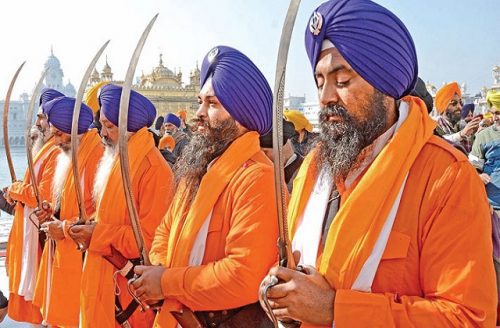
Takht” is a Persian word meaning “seat” or “throne,” and in Sikhism, it represents the spiritual and temporal centres of authority. There are five Takhts, which are Gurudwaras of special significance to the Sikh community. Three of these are located in Punjab, while the other two are outside the state.
These five Gurudwaras, collectively known as the Panj Takht, or “five thrones,” are important pilgrimage sites. Visiting all five Takhts at least once in a lifetime is considered crucial for followers of Sikhism. The Takhts serve as the highest seats of temporal power and religious authority in Sikhism. The leaders at these Takhts are responsible for making key decisions on both spiritual and secular matters that significantly impact the Sikh community.
Following are the 5 Takhts that stand as the supreme seats of authority, each asserting its preeminence in matters of judgment and religious governance.
Sri Akal Takht Sahib
The Akal Takht is the central religious authority in Sikhism, located in Amritsar, Punjab, in northwestern India. It’s part of a larger complex that includes the Harmandir Sahib, or Golden Temple, the most important Sikh place of worship. The Akal Takht is situated just past a large gateway that leads to a causeway across a pool to the Golden Temple.
The term “Akal” means “The Timeless One,” referring to God, and “Takht” means “throne” in Persian. Established on June 15, 1606, by Guru Hargobind, the Akal Takht serves as a place for both spiritual and temporal decision-making within the Sikh community. It was originally built as a symbol of political resistance against the Mughal Emperors in the 17th and 18th centuries.
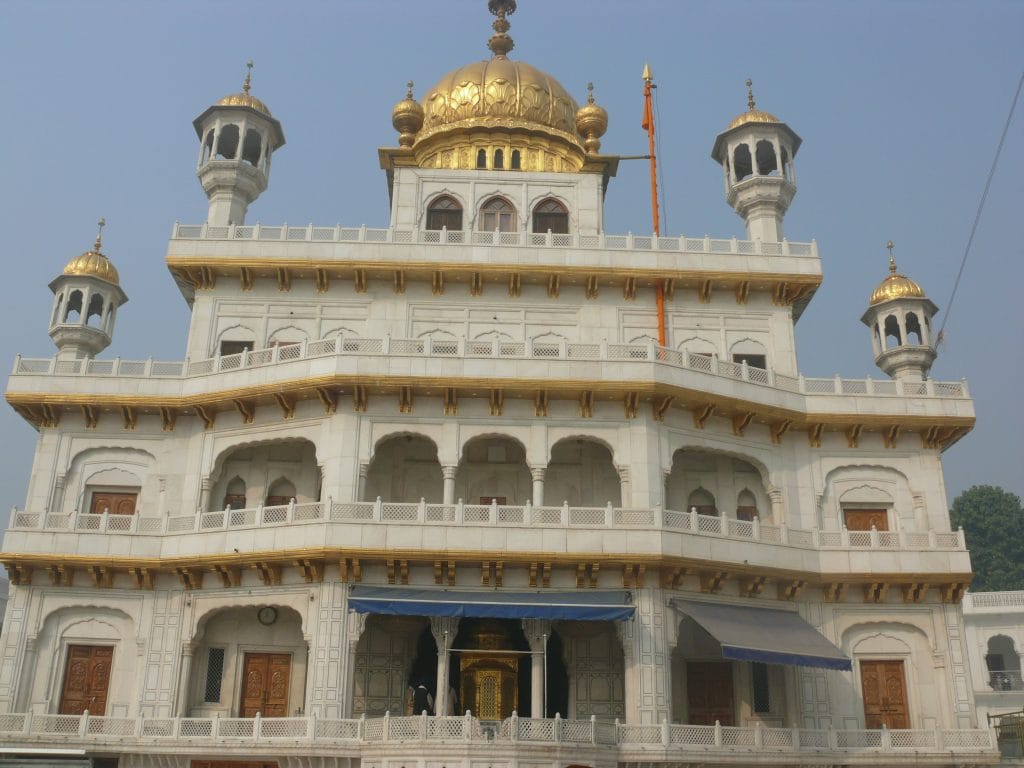
Guru Hargobind, along with Bhai Gurdas and Baba Buddha, constructed the original structure themselves, without employing any other builders. Defying the royal decree that no one but the Emperor could sit on a platform higher than three feet, Guru Hargobind raised this platform to twelve feet. From this raised throne, he would dispense justice and address the disputes of Sikhs.
While the Akal Takht is slightly lower than the Golden Temple, symbolizing that spiritual pursuits should take precedence, Guru Hargobind’s daily routine balanced both spiritual and temporal activities. His day began with worship at the Golden Temple, followed by hunting in the late morning. In the afternoon, he held court at the Akal Takht, and he returned to the temple in the evening for prayers and hymns. Nights were spent at the Akal Takht, listening to martial songs that celebrated heroic deeds.
Takht Sri Keshgarh Sahib
Takht Sri Keshgarh located in Anandpur Sahib, is one of the most sacred sites for Sikhs. It marks the birthplace of the Khalsa, founded by Sri Guru Gobind Singh in 1699. The foundation of Anandpur Sahib was laid on March 30, 1689, and it was here during the Vaisakhi festival of 1699, attended by thousands, that the Khalsa was established.
At this site, Guru Gobind Singh initiated the ‘Panj Pyaras’ (the five beloved ones), administering Amrit to them.
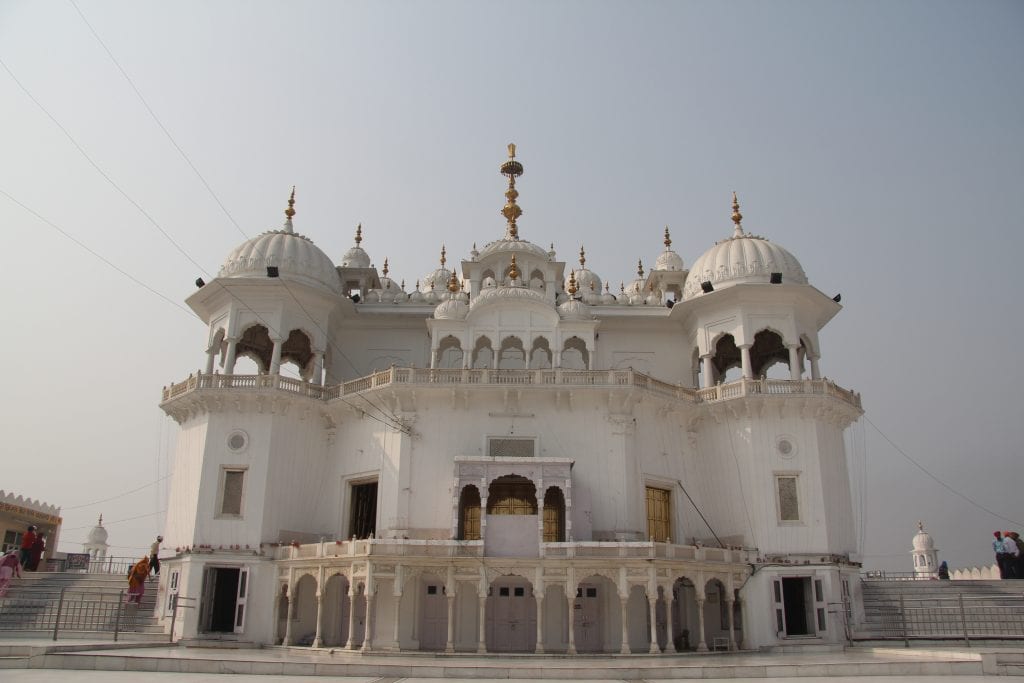
On Vaisakhi 1699, Guru Gobind Singh abolished the deeply entrenched caste system by formalizing the concept of the Khalsa, which eradicated racial prejudices tied to birthright, caste, and privilege. He also initiated the five Panj and had them induct him into the new order, signalling an end to historical biases. This revolutionary act not only changed regional history but also challenged the prevailing social order, a challenge Sikhs continue to navigate today.
The Takht is situated about 40 km from Rupnagar city, the district headquarters, and 78 km from Chandigarh, the state capital.
Takht Sri Damdama Sahib
Damdama Sahib, located in the village of Talwandi, 18 miles south of Bathinda, is famously known as the vibrant venue of the Baisakhi fair. Following intense battles with the Mughals at Anandpur Sahib, Chamkaur Sahib, and Muktsar, Guru Gobind Singh retreated to the Malwa jungle. He rested in Talwandi Sabo, thus naming it Damdama Sahib, which means a place of rest.
Here, the Guru spent nine months and nine days, transforming it into a hub for spreading his teachings, referring to it as Guru-ki-Kanshi. During his stay, he re-dictated the Adi-Granth, calling the place Khalse Da Takhat, and a seal was created bearing the inscription “Akal Sahai Guru Gobind Singh ji ki Jagha-Takhat Damdama Sahib.”
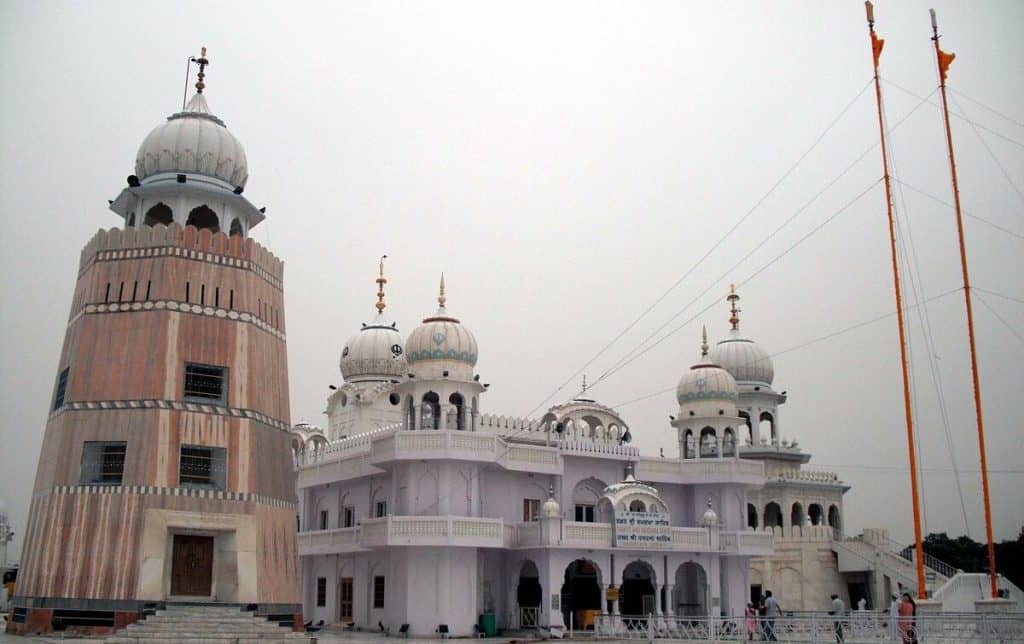
Guru Teg Bahadur, Guru Gobind Singh’s father, had also visited this site. Damdama Sahib serves as the headquarters for the Nihangs and houses ten Gurudwaras and three sacred tanks: Nanksar Sarovar, Akalsar Sarovar, and Gurusar Sarovar. The first tank is linked to Guru Nanak, who visited the village in 1510 during his travels to Rajputana. Akalsar Sarovar is associated with Guru Gobind Singh, and its water is believed to protect against diseases. Gurusar Sarovar was commissioned by Guru Teg Bahadur.
The Takht itself is a two-meter-high square platform lined with white marble, and decorated with numerous columns, located in the southern part of the hall. This platform, where the Guru Granth Sahib is placed, is considered the most sacred area. After evening prayers, the Holy Granth is ceremonially taken to the old Manji Sahib amid hymn-singing Sikhs.
The interior of this sacred space is adorned with reflecting glass pieces in various colours arranged in geometric and floral patterns. Above, a domed room with a gold-plated pinnacle and an umbrella-shaped finial features a khanda at the top. The hall’s corners are marked with octagonal towers, topped with domed pavilions, all lined with glazed tiles in white, light yellow, and light blue.
Takht Sri Patna Sahib
Takht Sri Patna Sahib is a site of great historical and religious significance in Sikhism. It is one of the Five Takhts—central authorities in Sikhism—and it marks the birthplace of Guru Gobind Singh Ji, the tenth and final human Guru of Sikhism.
Located in Patna, the capital city of Bihar, Takht Sri Patna Sahib is a key pilgrimage destination for Sikhs worldwide. The site dates back to the early 17th century, when Guru Gobind Singh Ji was born here on December 22, 1666, to Guru Tegh Bahadur Sahib Ji, the ninth Sikh Guru, and Mata Gujri. The actual house where Guru Gobind Singh Ji was born is preserved within the Gurudwara complex and is referred to as “Harmandir Sahib” or “Guru ka Bagh”.
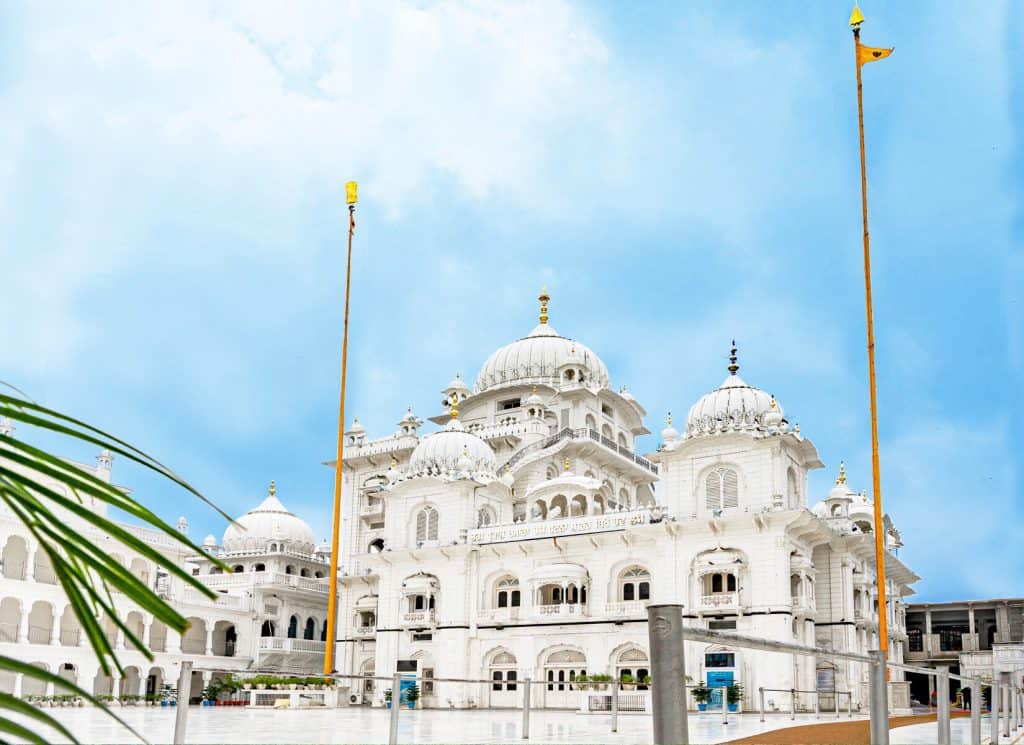
The Gurudwara features stunning Sikh architecture, including domes and marble inlays, and is decorated with ornate frescoes. Devotees visit to honour Guru Gobind Singh Ji, seeking spiritual guidance and participating in activities like special prayers, devotional singing (Kirtan), and the communal kitchen (Langar).
Various Sikh religious festivals and events, such as the birth anniversary of Guru Gobind Singh Ji (Gurpurab), are celebrated here with great enthusiasm.
More than just a place of worship, Takht Sri Patna Sahib is a centre for learning, community service, and the promotion of Sikh principles like equality, compassion, and selflessness. It is a beacon of Sikh heritage and spirituality, drawing pilgrims and visitors in search of spiritual insight and blessings.
Takht Sri Nanded Sahib
Takht Sachkhand Shri Hazur Abchalnagar Sahib, one of the five main Sikh Takhts, is located along the banks of the River Godavari in the holy city of Nanded, Maharashtra. It is a principal site of Sikh worship and the place where Guru Gobind Singh Ji, the last human Sikh Guru, passed away. Here, he declared that there would be no more human Gurus after him and named the Guru Granth Sahib as the eternal Sikh holy book.
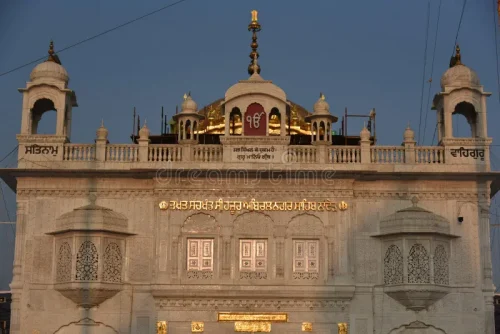
The Gurudwara itself is a two-story structure raised on a high platform. It features a small room on the top floor topped with a gold-plated dome and a decorative golden finial shaped like an umbrella. The inner sanctum, known as Angitha Sahib, is adorned with gold plates carved with floral designs, sacred symbols, and Sikh inscriptions.
The interior walls and ceiling are richly decorated with intricate carvings and latticework, enhancing the Gurudwara’s magnificence.
As pillars of the Sikh community, these sacred Takhts uphold the tenets of faith, justice, and equality that Guru Nanak and his successors championed, ensuring that the spiritual and temporal legacy of Sikhism continues to inspire and guide generations.
Read more: Latest



